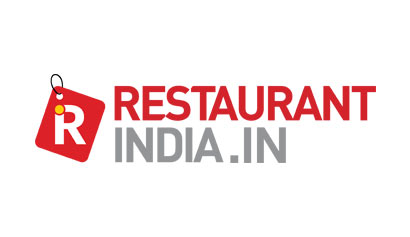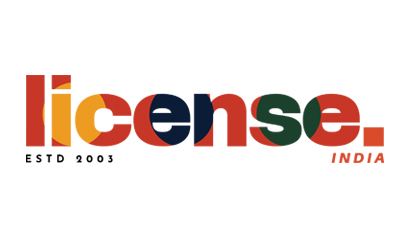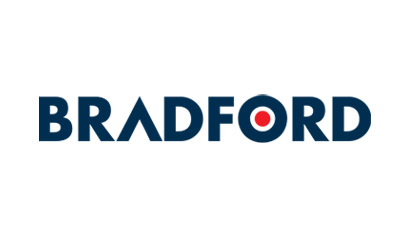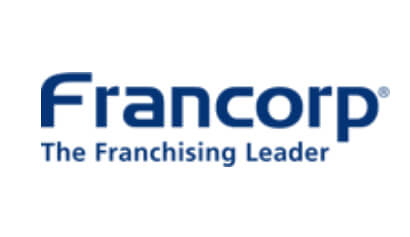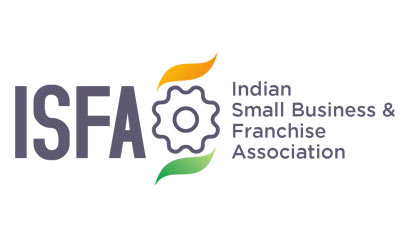To get access to over 10000+ Franchise Business Opportunities.
Network with the growing Business Community to get expert interventions to let you learn to Grow & Expand your Business with Franchising.
The brands that were heard once in a blue moon, that too through NRI relatives, are now even available in Ludhiana. This only signifies the changing retail landscape of tier II and III cities, which have become the cradle for many entrepreneurs. These sma
OF late, many local and international franchises have started dotting the business landscape of small cities, attesting to their economic and industrial strength. Subway, Coffee Day Express, Raymond, Pizza Hut, KFC, Eurokids etc, all are expanding aggressively in small cities. Not just domestic brands, international brands like The Body Shop, United Colors of Benetton, Reebok and Adidas have also invaded these cities' business culture. Looking at the brands coming in, local brands have started franchising as well.
“The country's franchise market, estimated to be worth $4 billion in 2011, is growing at a healthy pace of over 30 per cent annually with tier II and III class cities gradually getting hooked to the network of retailers and franchisors,” says, Gaurav Marya, President, Franchise India Holdings Limited. The above figures seem in good lead, say franchisors and retailers.
As per Naveen Rakhecha, CEO, Cartridge World-South Asia: "The retail revolution is slowly making changes in the lifestyle of people in tier II and III cities. Increase in literacy rates, high disposable income, media exposure, greater availability and penetration of variety of consumer goods, all these factors have resulted in creating lifestyle and aspiration levels on a par with other fast-moving metropolitan cities. Big companies are flocking to smaller cities, where they are promised better infrastructure, state-of-the-art office spaces and also skilled manpower. These factors are proof of the bright future of tier II and III cities for the retail industry."
What makes small big?
There are reasons galore that make these small pockets a hotbed of business opportunities. Many businesses/ franchisors are moving to smaller cities because of the cost advantage. The prime reason is low property prices and low set-up cost of the store. Majority of retailers believe that there is a tremendous market potential and uniform development as compared to the metro cities. Service-based franchisors enjoy the advantage of getting skilled manpower at low salary. When asked about booming retail in small cities, franchisors agree that rapid urbanisation driven by the rise in the working population in tier II and III cities has opened avenues for companies to eye the smaller towns to generate business.
B and C class cities have growing upper-class population. Buyers present there have high disposable income and are ready to buy necessity and luxury goods that were previously not available in the region. A franchisee in the emerging economy also has an advantage of having a larger share of the market. As the franchisee becomes a market leader, he or she does not even have to bother about the competition. He gets the opportunity to establish the brand and can build lasting relationships with consumers.
Customise to fit in
To adapt to the local demands, many franchisors forayed into smaller cities by opening smaller stores first and carefully worked on the product mix. Majority of the franchisors believe it is important that the franchisee profitability is not compromised and the new consumers get the right exposure to the brand. In the absence of good retail locations, retailers also opt for shop-in-shop in a renowned department store. Besides, a few franchisors ensure that they open store in the main market and high streets, as it is difficult to get required walk-ins to the stores if it is away from these locations. Therefore, a franchisee may not get an ideal size and dimension of stores in such locations, as they are already overcrowded by small shops with narrow frontages. Hence, franchisees customise the visual displays and look of the store to fit in at the right place.
Become an entrepreneur, the BOS way
Since the base is small, the growth percentage in B and C class cities is much bigger than the metros. With more and more malls coming up in small towns, majority of the franchisors are simultaneously seeking partners in these towns. The talent pool available is in abundance that justifies the rising number of successful entrepreneurs emerging in these small towns.
Looking at the untapped potential, we at Franchise India Holdings Limited will also help you to take your brand to 45 smaller towns through our Business Opportunities Show (BOS) in 2012. BOS has been, and continues to be, the leading business forum focused on franchise development with deep regional penetration in a geographical location. In 2011, BOS covered approximately 31 places in B and C class cities and stimulated energetic and methodical growth for brands while ensuring judicious use of their resources.
On achieving success via BOS, Rakhecha says: "It is a good initiative and a successful platform to connect to the business opportunity seeker from the tier II and III cities of different regions."
Commenting on the same, official spokesperson of Gitanjali Jewellery Retail Pvt. Ltd says: “BOS is a better platform than the bigger retail shows as it provides a one-to-one reach to our business prospects. It helps us in tapping the potential of tier II and III cities.”
Since time and capital are at a premium, Business Opportunities show (BOS) is a vital resource for franchisors interested in expanding business regionally. The mission of BOS is to engage the franchise fraternity's attention towards India's enormous potential and the limitless possibilities a region offers. BOS is India's largest circuit of successful and proven events and the best attended city-centric show across the country. Created as an ecosystem for like-minded prospective franchisees to communicate, BOS directs its focus on creating or improving brand awareness for the franchise organisation at the local and regional level.
Don't miss the opportunity of choosing Business Opportunities Show as a profitable platform. You can 'Grow Big by Going Local'. It's time to take your brand to the lanes of small towns.
Classification of cities
In India, tier I, II and III cities are defined on the basis of their population. Tier I cities are those where population is more than five million, in tier II cities, the population is between one million to five million and in tier III cities, it's less than a million. Metro cities like Mumbai, Delhi, Chennai, Kolkata, Hyderabad, Bengaluru and the likes are labelled as tier I, whereas cities like Trivandrum, Cochin, Coimbatore, Vizag, Mangalore, Pune fall under the cateory of tier II. Tier III cities include Ludhiana, Amritsar, Trichy, Madurai, Nasik, Baroda etc.
Not just population, these cities are categorised on the basis of their economic development too. And for infrastructure revamp and economic development, retailers and franchisors have a major role to play, as they have converted these tiny towns into contemporary cities.


Business Opportunities
Browse By Investment Range
Browse By States
Popular Cities






